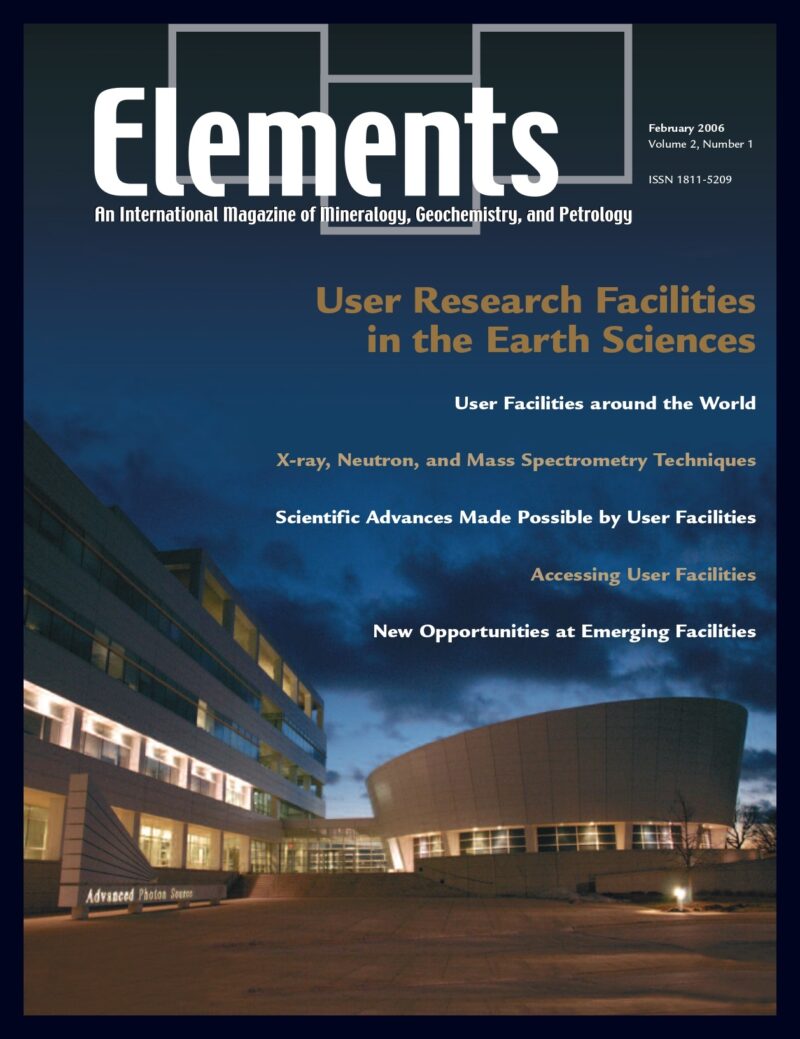
Granitic Pegmatites, August 2012, Vol. 8, No. 4
June 28, 2024
Kaolin, June 2014, Vol. 10, No. 3
June 28, 2024Asteroids, February 2014, Vol. 10, No. 1
$20.00
Asteroids number in the millions. Orbiting the Sun between Mars and Jupiter, they are thought to be the shattered remnants of small bodies formed within the young Sun’s solar nebula and that never accreted large enough to become planets.
Asteroids
February 2014, Vol. 10, No. 1
Asteroids number in the millions. Orbiting the Sun between Mars and Jupiter, they are thought to be the shattered remnants of small bodies formed within the young Sun’s solar nebula and that never accreted large enough to become planets. By presenting several case studies, this issue presents what we know about the physical and chemical compositions of asteroids and how they are related to meteorites and planet formation. We show why these “minor bodies” are key to understanding how the Solar System formed and how it works; why they are clues to the origin of life, having possibly delivered organics and water to Earth; and why the international space agencies have funded sample-return missions to asteroids.
Why You’ll Love Elements Magazine:
- Expert Contributors: Articles written by renowned researchers in the field of geoscience.
- Engaging Content: Join a community of readers who are passionate about Elements.
- Exceptional Quality: Each issue is printed on high-quality paper with stunning visuals and detailed illustrations that bring complex scientific concepts to life.
Order your copy of the February 2014 issue of Elements magazine today and uncover the mysteries of asteroids.
Related products
-
Toxic Metals In The Environment: The Role Of Surfaces, September 2005, Vol. 1, No. 4
$20.00Metals are prevalent in the environment. They are derived from both natural and anthropogenic sources.
-
Phosphates And Global Sustainability, April 2008, Vol. 4, No. 2
$20.00Phosphorus is a unique element: it is essential to the existence of all living forms, and as such controls biological productivity in many terrestrial and marine environments; but when in excess, it leads to uncontrollable biological growth and water-quality problems. This has become a common environmental issue, resulting from our careless use of phosphorus in agriculture, yet phosphate ore deposits, from which fertilizers are produced, are a finite natural resource.
-
User Research Facilities In The Earth Sciences, February 2006, Vol. 2, No. 1
$20.00Earth scientists rely on effective access to user research facilities that provide state-of-the-art analytical instrumentation. This thematic issue focuses on some of these facilities and how to use them.




